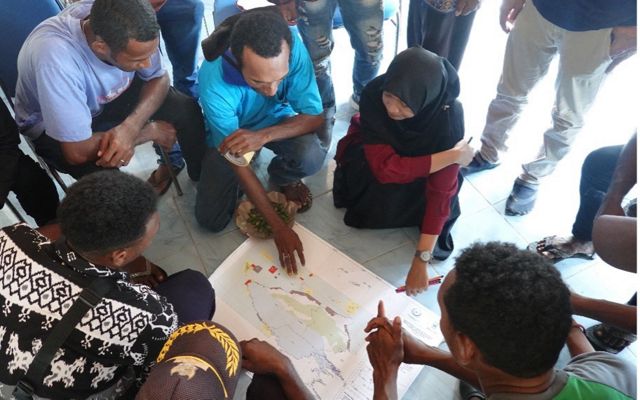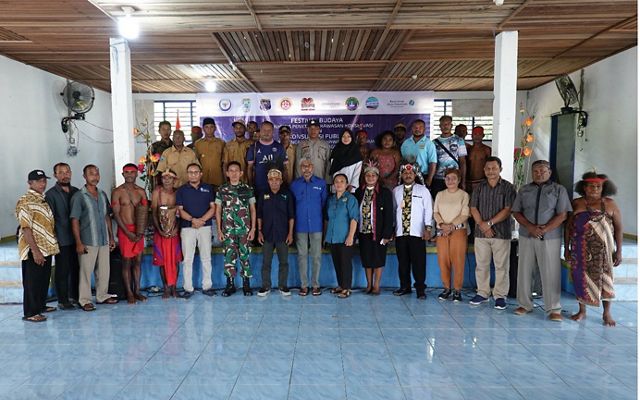29 June 2022, Salafen Village, North Misool District, Raja Ampat. For the first time, the five villages in North Misool District, consisting of Aduwei, Salafen, Waigama, Solal, and Atkari Villages, ate sago together. Each representative of the village sat together in the shade, clinging to the trunk of the same sago tree, moving in rhythm.
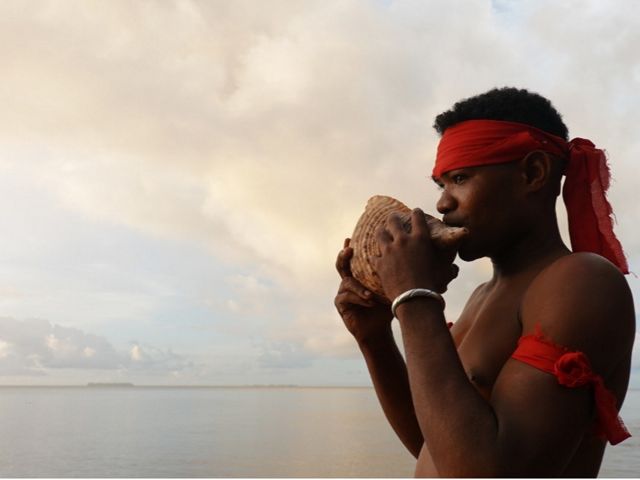
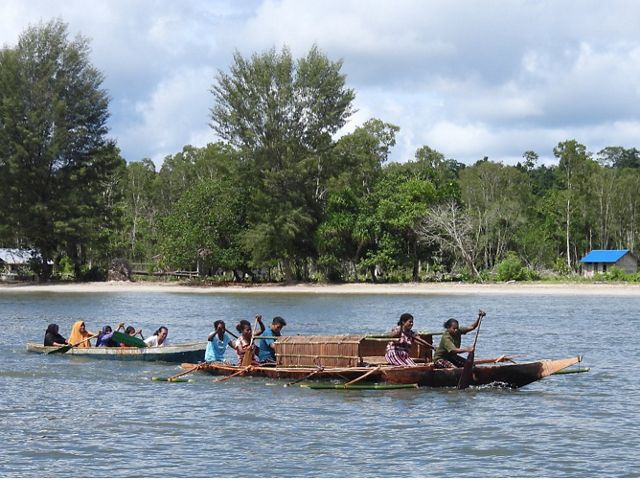
"It's the first time in my life that I've seen a scene like this," said Sarah Elwod, a resident of Salafen Village, commenting on seeing a group of menokosagu together. "Because of this, the first cultural festival in North Misool was born," he said with a smile.
For the first time, the North Misool District held a cultural festival in order to support the acceleration of the process of establishing a conservation area in the Northern Misool Waters, Raja Ampat Regency, West Papua Province. The cultural festival, held on June 28-29, 2022, presents a variety of regional specialties, such as arrow competitions, rowing, traditional boat decoration, flute drums, traditional dances, tug of war, and conservation song creation, as well as an exhibition of local handicrafts.
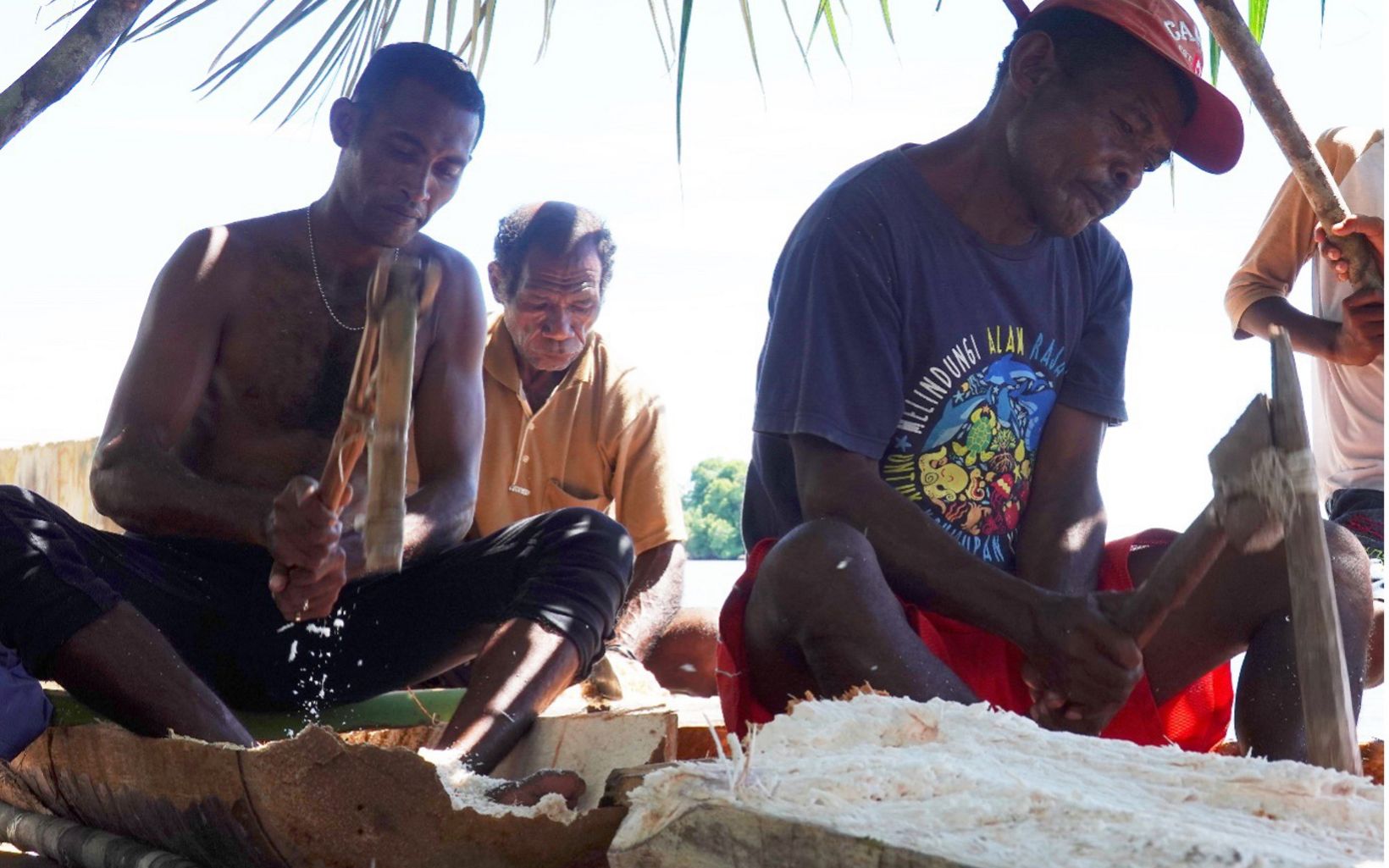
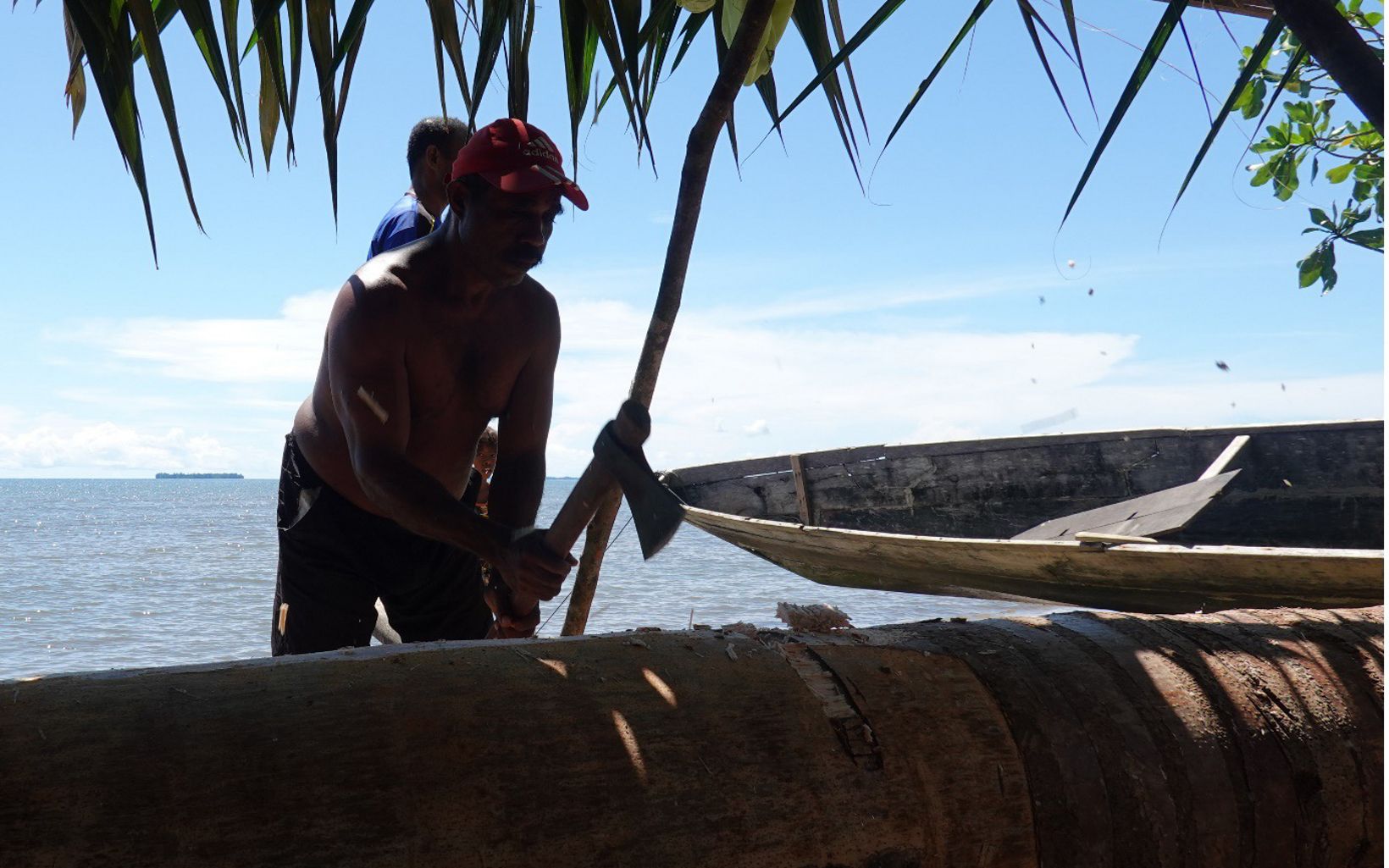
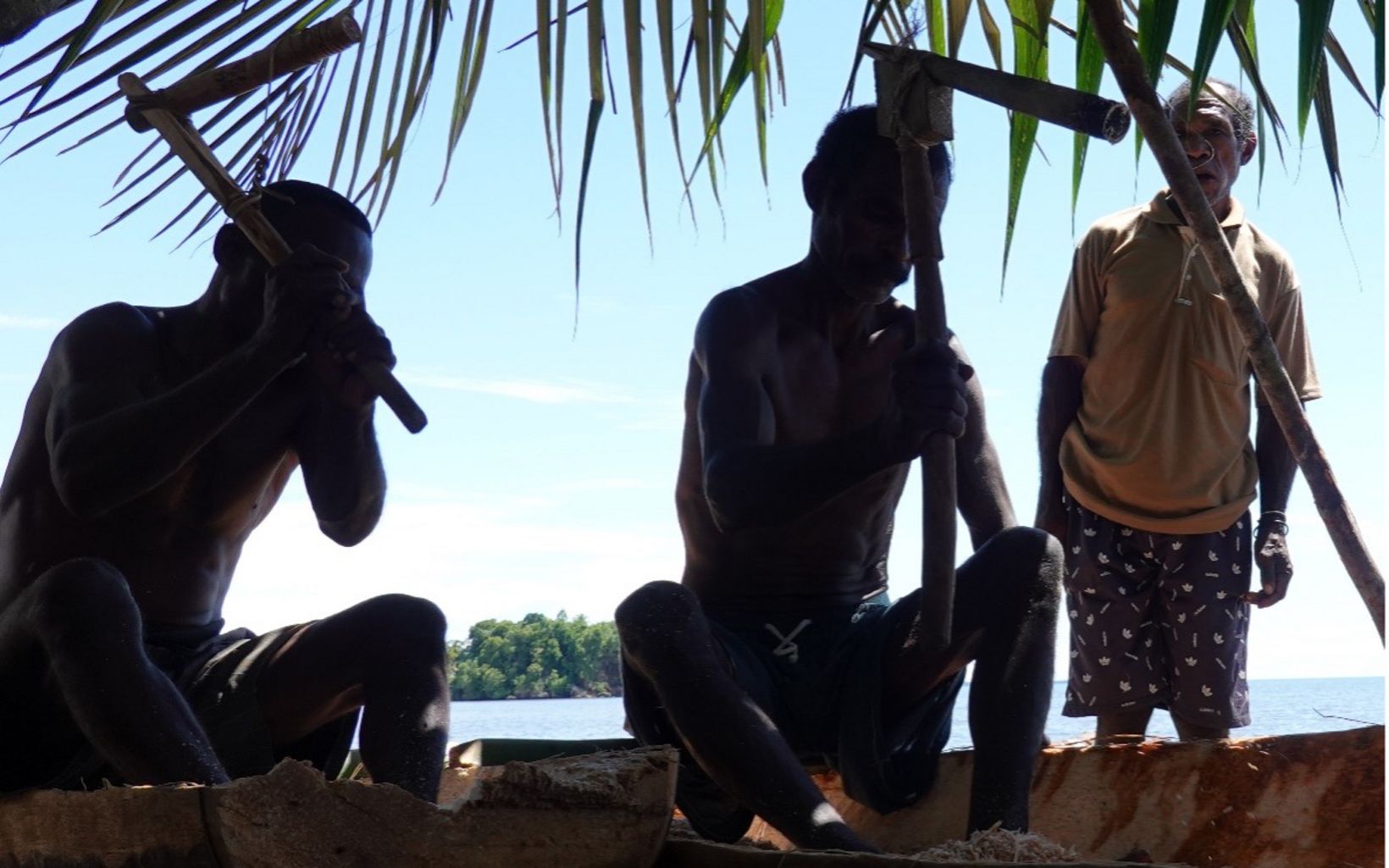
For two days, we saw a small section of the daily life of the Matbat Tribe in their traditional house (called demonli in the local language), which is also unique. The floor is made of bamboo slats, and the roof is made from sago leaves; the walls are from sago palm. The area of the house is adjusted to the number of family members who live in it.
Guests are picked up and led to particular points prepared to see sago processing. Starting from the process of beating the sago from the stem, cleaning and squeezing the water from the sago to become flour, then putting it in a container made of teak leaves. Then, sago is processed into various types of confectionery such as sago porridge, papeda, sago cake, lime, and others.
Sago Making Process
The mothers show how to clean and filter sago, then put it in a particular container made of teak leaves. The teak leaf container is also unique, with a special folding technique to ensure the sago is not scattered.
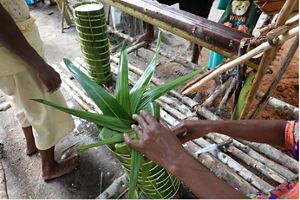

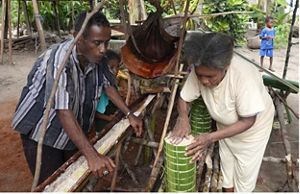
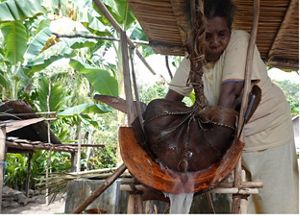
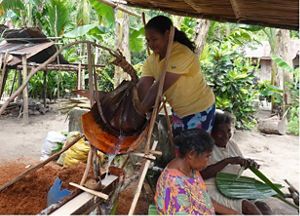

Photo Caption: The mothers show how to clean and filter sago, then put it in a particular container made of teak leaves. The teak leaf container is also unique, with a special folding technique to ensure the sago is not scattered. © Nugroho Arif Prabowo/YKAN

Photo Caption: The mothers show how to clean and filter sago, then put it in a particular container made of teak leaves. The teak leaf container is also unique, with a special folding technique to ensure the sago is not scattered. © Nugroho Arif Prabowo/YKAN

Photo Caption: The mothers show how to clean and filter sago, then put it in a particular container made of teak leaves. The teak leaf container is also unique, with a special folding technique to ensure the sago is not scattered. © Nugroho Arif Prabowo/YKAN

Photo Caption: The mothers show how to clean and filter sago, then put it in a particular container made of teak leaves. The teak leaf container is also unique, with a special folding technique to ensure the sago is not scattered. © Nugroho Arif Prabowo/YKAN

Photo Caption: The mothers show how to clean and filter sago, then put it in a particular container made of teak leaves. The teak leaf container is also unique, with a special folding technique to ensure the sago is not scattered. © Nugroho Arif Prabowo/YKAN
Even more remarkable, the stopover from one point to the next continues to be accompanied by the beating of the drum flute. The mamas continued to dance, inviting the guests to follow. A pleasant surprise on a hot afternoon in Salafen Village when the guests were invited to walk around the village while dancing, be a part of the people's entertainment, and be entertained by the joy of the flute drum.
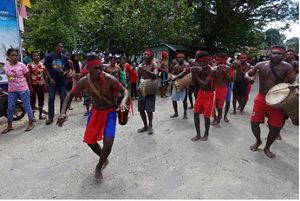
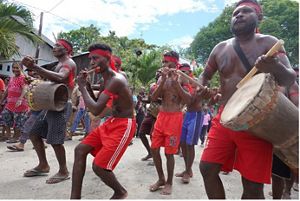
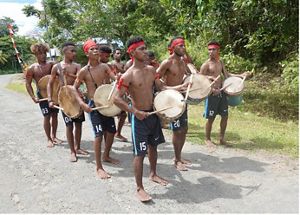
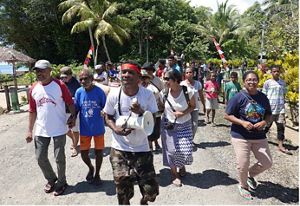
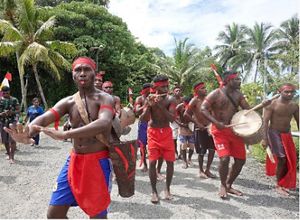
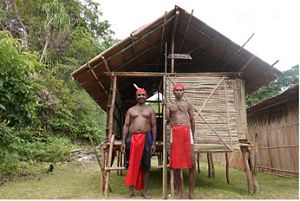


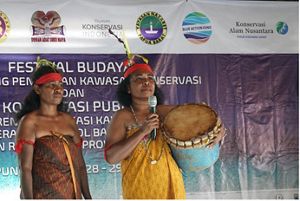
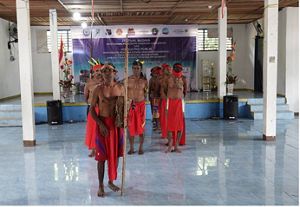

Photo Caption: Hard tambourine, a typical dance of Raja Ampat, is one of the prima donnas in this cultural celebration. As one of the North Misool Cultural Festival competitions, each village demonstrates its skills in playing and performing rhythmic movements along with the whistled drum flute. The beats were not only lively during the drum flute competition , but last all day until the evening before the turn of the day. © Nugroho Arif Prabowo/YKAN

Photo Caption: Hard tambourine, a typical dance of Raja Ampat, is one of the prima donnas in this cultural celebration. As one of the North Misool Cultural Festival competitions, each village demonstrates its skills in playing and performing rhythmic movements along with the whistled drum flute. The beats were not only lively during the drum flute competition , but last all day until the evening before the turn of the day. © Nugroho Arif Prabowo/YKAN

Photo Caption: Hard tambourine, a typical dance of Raja Ampat, is one of the prima donnas in this cultural celebration. As one of the North Misool Cultural Festival competitions, each village demonstrates its skills in playing and performing rhythmic movements along with the whistled drum flute. The beats were not only lively during the drum flute competition , but last all day until the evening before the turn of the day. © Nugroho Arif Prabowo/YKAN

Photo Caption: Hard tambourine, a typical dance of Raja Ampat, is one of the prima donnas in this cultural celebration. As one of the North Misool Cultural Festival competitions, each village demonstrates its skills in playing and performing rhythmic movements along with the whistled drum flute. The beats were not only lively during the drum flute competition , but last all day until the evening before the turn of the day. © Nugroho Arif Prabowo/YKAN

Photo Caption: Hard tambourine, a typical dance of Raja Ampat, is one of the prima donnas in this cultural celebration. As one of the North Misool Cultural Festival competitions, each village demonstrates its skills in playing and performing rhythmic movements along with the whistled drum flute. The beats were not only lively during the drum flute competition , but last all day until the evening before the turn of the day. © Nugroho Arif Prabowo/YKAN

Photo Caption: Demonli, the traditional house of the Matbat Tribe. © Nugroho Arif Prabowo/YKAN

Photo Caption: The Matbat tribe uses resin as light in their house. The fire is ignited by tapping two resinous gums that have hardened to trigger the spark. © Nugroho Arif Prabowo/YKAN

Photo Caption: The Matbat tribe uses resin as light in their house. The fire is ignited by tapping two resinous gums that have hardened to trigger the spark. © Nugroho Arif Prabowo/YKAN

Photo Caption: Wala Dance, a traditional dance of the Matbat Tribe, which tells the story of the journey of their ancestors. © Nugroho Arif Prabowo/YKAN

Photo Caption: Wala Dance, a traditional dance of the Matbat Tribe, which tells the story of the journey of their ancestors. © Nugroho Arif Prabowo/YKAN
This cultural festival organized by Maya Costumary Council, North Misool Matbat Customary Council, Yayasan Konservasi Alam Nusantara (YKAN), and Papua Nazareth Foundation and supported by the Blue Action Fund. Chairman of the Mayan Customary Council, Kris Thebu, said that this event was a forum to unite indigenous peoples. On the same day, there was a second public outreach to residents of the five villages regarding the zoning plan for conservation areas in the northern Misool waters. The results of this public consultation will be the basis for determining the marine conservation area in north Misool.
The determination of this marine conservation area is part of the Blue Action Fund Program to support the West Papua Provincial Government in encouraging the development of conservation areas, one of which is in the northern Misool waters. This effort is in line with the government's program to achieve the target of 30 million hectares of conservation areas by 2030—or reaching 10 percent of the total area of Indonesian waters.
